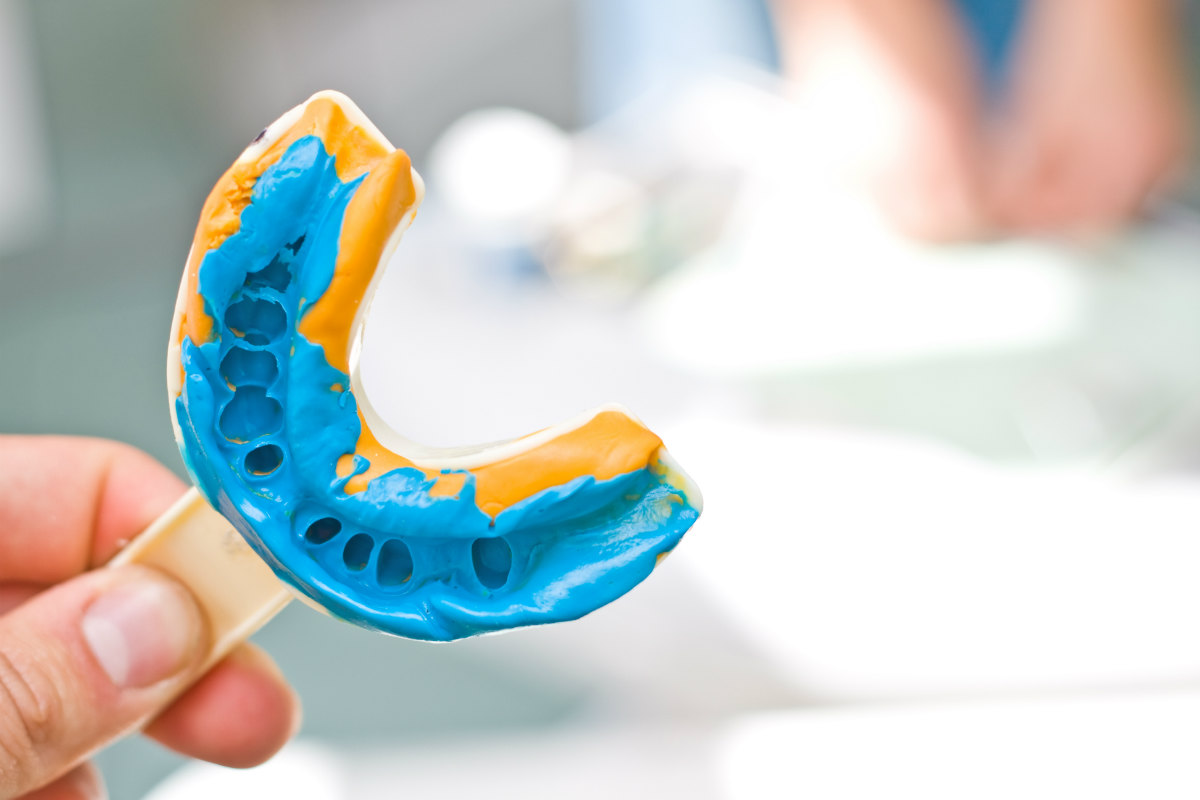
While it constitutes a clinical passage which is usually quick, taking an impression in fixed and restorative adhesive prosthesis doubtless represents a very important operating phase.
A faithful impression facilitates and improves the laboratory’s work, ensuring stability, performance and durability of the product obtained.
Materials for impressions constitute an extensive range in themselves. The fact that they can be used for an even greater variety of rehabilitations, from inlays, to traditional cemented prosthesis, removable prosthesis, implant prosthesis, means that there are a myriad techniques and usage methods.
It may therefore be interesting to provide instructions as to the key aspects that are common to all products and independent of the technique. Some of these are apparently taken for granted, but potentially crucial.
Once an impression material has been chosen, the next step is storage.
- Follow the instructions – This is a basic rule that applies to all products. It is especially important to pay attention when choosing a product for the first time. Keep in mind that manufacturers may also make changes to a given material over time.
- Monitor the date of production – Once past its expiry date, the material may not polymerize, or worse still, may provide an uneven reaction, thereby providing misleading results.
- Avoid contamination – Reference is made first and foremost to biological contamination and, therefore, to the risk of cross infections, but also to chemical contamination. One example is the use of gloves coated with powder in mixing addition silicones: these materials are sensitive to the sulphur contained in the actual powder. Certain solutions for gingival displacement may also contain it. The pre-op phase entails the preparation and set-up of the impression tray and of the material itself. The assistant is instructed as to the standard disinfection procedures as well as any special precautions required by the individual professional with whom they are used to work.
- Choosing the impression tray – In cases where a readily available, disposable or autoclavable impression tray is used, it is preferable to choose a rigid product and try it in one’s mouth to ascertain its size.
- Correct adhesive for correct use – Every category of materials has its own adhesive. In this case too, the advice is to follow the manufacturer’s instructions, in particular waiting for the amount of time envisaged for drying. The next step is therefore taking the impression itself, and then the packaging and subsequently shipping.
- Respect the working time and setting time provided by the manufacturer.
- Insert the material in the patient’s mouth before the maximum working time is up.
- Keep it in position for the entire setting time.
- Remove once hard.
- Disinfection and packaging – Before being prepared for shipping, the impression needs to be disinfected appropriately without however the risk of being altered. It is then packaged (or boxed, the important thing is that it is protected against any damage) in the conditions of humidity required for each individual material.
Do you want more information on Zhermack Dental products and solutions?
Contact us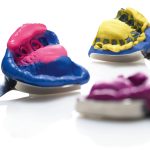
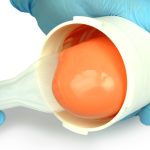
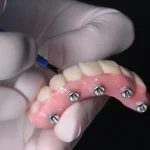
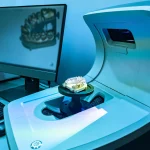

 Zhermack SpA has been one of the most important producers and international distributors of alginates, gypsums and silicone compounds for the dental sector for over 40 years. It has also developed solutions for the industrial and wellbeing sectors.
Zhermack SpA - Via Bovazecchino, 100 - 45021 Badia Polesine (RO), Italy.
Zhermack SpA has been one of the most important producers and international distributors of alginates, gypsums and silicone compounds for the dental sector for over 40 years. It has also developed solutions for the industrial and wellbeing sectors.
Zhermack SpA - Via Bovazecchino, 100 - 45021 Badia Polesine (RO), Italy.


